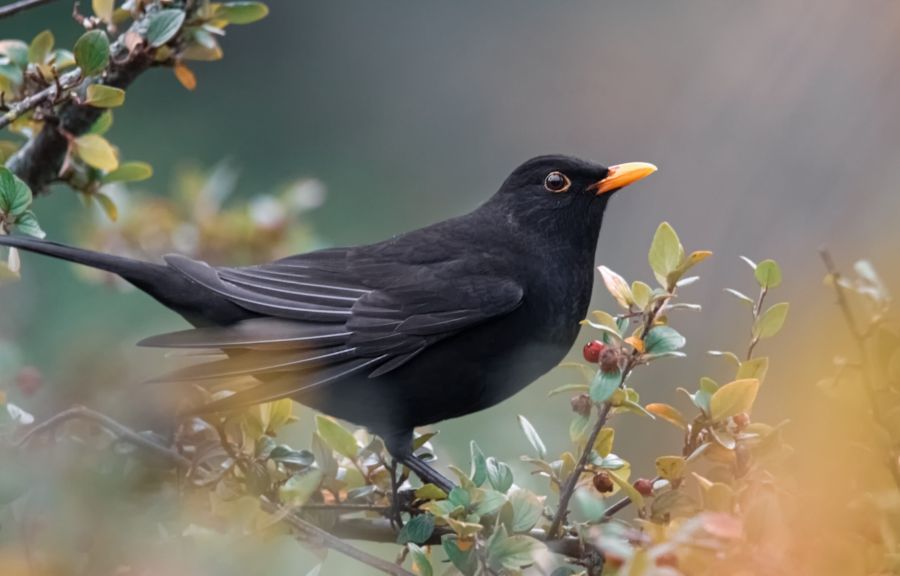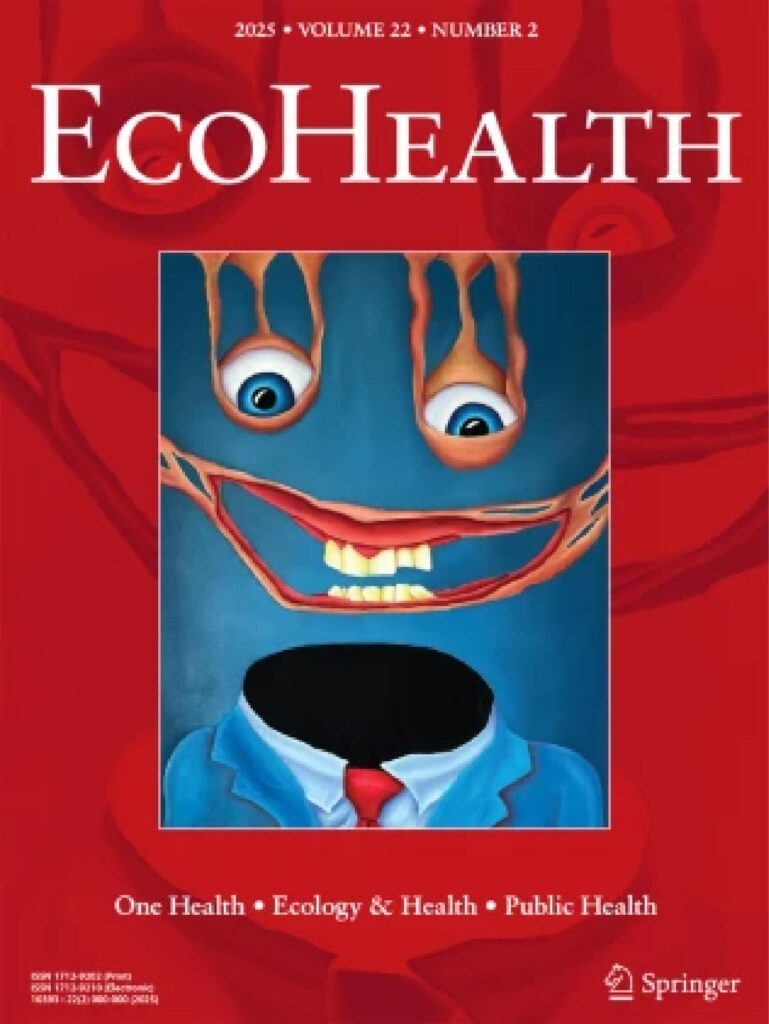The Future Abundance of Key Bird Species for Pathogen Transmission in the Netherlands

This publication is part of the project ‘Preparing for vector-borne virus outbreaks in a changing world: a One Health Approach’ (NWA.1160.1S.210) which is (partly) financed by the Dutch Research Council (NWO).

Authors: Martha Dellar, Henk Sierdsema, Maarten Schrama, Gertjan Geerling & Peter M. van Bodegom
Abstract
Wild birds serve as reservoirs and vectors for many different pathogens. Changes in their distribution and abundance, due to environmental change, will influence disease risk. We investigated potential changes in abundance for three commonly occurring species that are likely major drivers of a wide range of diseases: blackbirds, mallards and house sparrows. These are competent hosts for avian influenza and West Nile virus, among other pathogens. Using the Netherlands as a case study, we created random forest models for predicting the distribution and (relative) abundance of these species, both now (1991–2020) and in the future (2036–2065). The three species had different spatial distributions, largely related to their preferred habitat and food availability. In the future, mallard and house sparrow populations were predicted to increase, while there was little change for blackbirds. These changes in abundance have a potentially strong relationship with disease risk, since species abundance is linked to the size of pathogen reservoirs. We demonstrate this relationship by linking blackbird abundance to cases of Usutu virus in the Netherlands. Our work illustrates the potential value of forecasting (relative) abundance to estimate future disease risk and to assist planning of disease management actions.
Read the whole publication here.
Source: Springer Nature | EcoHealth